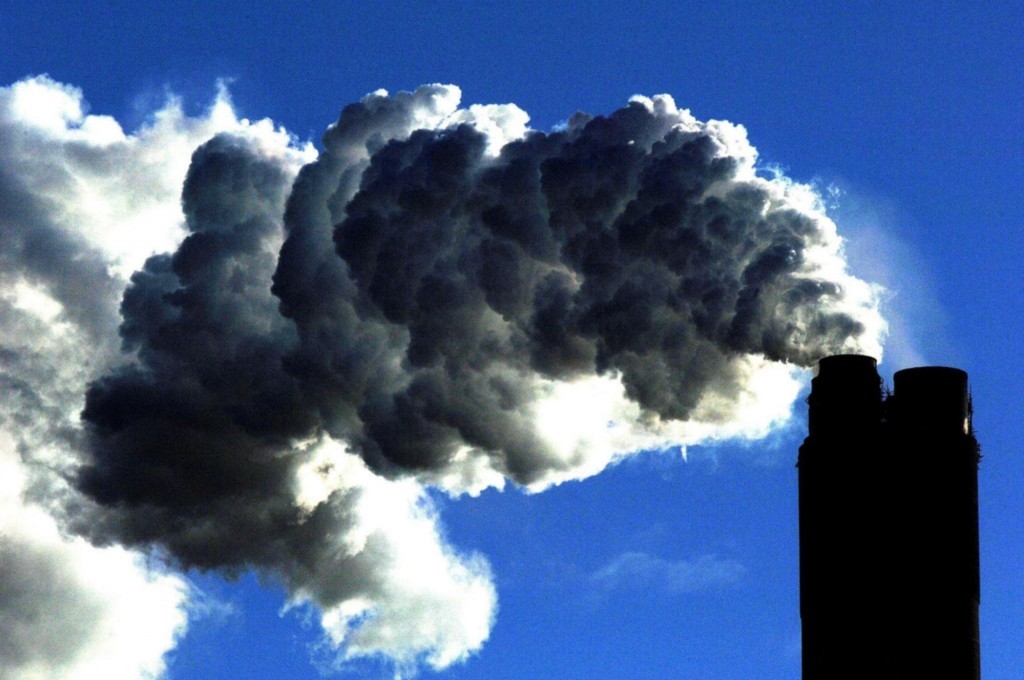
The benefits of knowledge sharing within the international carbon capture and storage (CCS) community have been highlighted by a new research paper.
The report focuses on the use of chemical tracers in CO2 leakage monitoring for offshore CCS projects worldwide.
The paper by scientists from the Scottish Carbon Capture & Storage (SCCS) partnership looks at the constraints and cost implications of using chemical tracers.
The research followed consultation with the wider CCS community for their thoughts on research priorities for monitoring offshore stores. Measuring CO2 leakage to the seabed was an area identified as requiring further work.
The research team from the universities of Edinburgh and Strathclyde, in partnership with the National Geosequestration Laboratory (CSIRO) in Australia, identified the key challenges to using tracers for offshore monitoring, which should be the focus of future research.
Their work identified issues such as the potential lifespan of tracer chemicals over long timeframes, tracer behaviour in marine sediments or CO2 bubble streams, possible legal constraints and environmental effects, and how best to sample the tracers.
These issues will directly affect the selection of appropriate tracers, the injection programme and concentrations necessary for their reliable detection as well as appropriate sampling approaches. The paper suggests a programme of work to address these uncertainties and inform any future field trials.
The research is expected to prove valuable to STEMM-CCS, a project funded by the European Union’s Horizon 2020 programme to deliver new approaches, methodologies and tools for monitoring offshore CCS sites. This includes a CO2 release experiment in the UK North Sea at the prospective Goldeneye storage site.
Postdoctoral researcher, Dr Anita Flohr, from the University of Southampton, who is working on STEMM-CCS, said: “If a tracer qualifies for commercial-scale monitoring programmes of CO2 storage, it is not only a matter of its physical and chemical properties but also a matter of the logistics, technology and costs behind the sampling, processing and analysis.
“To me, the significance of this review is that it summarises the key findings of CCS-related tracer research by addressing these diverse aspects and by translating this to the challenges of monitoring of CO2 storage in the marine environment. It’s a great contribution and will be a helpful guidance on aspects to consider for the STEMM-CCS tracer approach.”
Dr Jen Roberts, from the University of Strathclyde and the paper’s lead author, added: “Our research paper has direct relevance to ongoing and future research into the use of chemical tracers in monitoring CO2 storage.
“The work also underlines the value of a networked CCS community and our knowledge sharing activities, which will move our knowledge forward and highlight issues for future projects to address as well as building international interest and capability.”
Recommended for you
